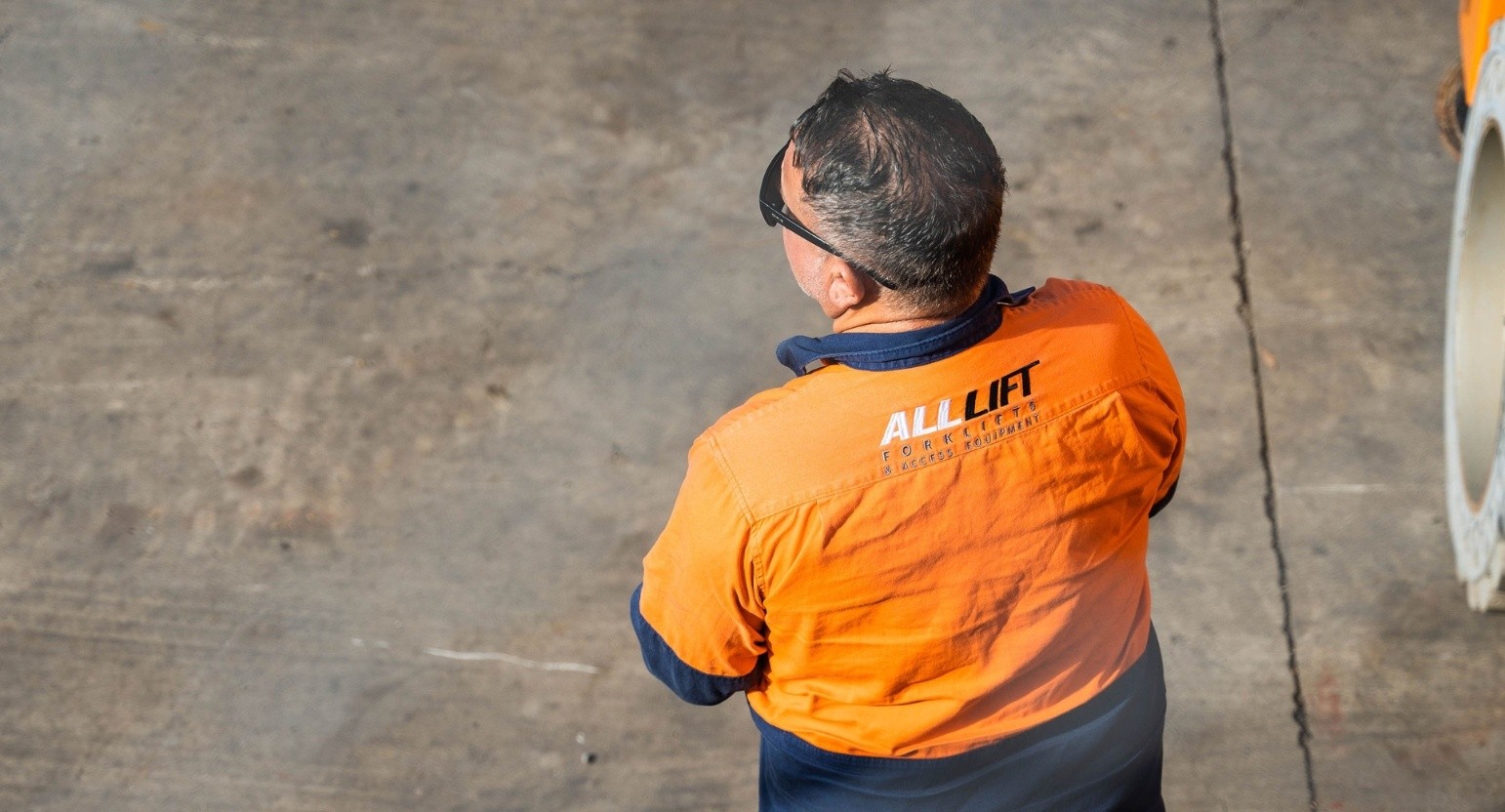What is the three point contact rule?
When you’re operating a machine, or have a machine operating on your worksite, the number one factor to be considered is safety. Everything else comes second to that. A safe worksite is the key to ensuring productivity, efficiency and, above all, the top of mind care of the entire team. Machines are one of the biggest threats to safety if they’re not used correctly by a licensed operator. This is why such strict regulations are in place. There are multiple requirements to ensure this safety on worksites, and some start before any ignition buttons are hit. Let’s talk about the Three Point Contact rule.
What is the three point contact rule?
When operators are climbing in or out of a machine (though this rule applies to stairs and ladders too), they are to have three points of contact with the structure at all times. This is designed to greatly reduce, though ideally eliminate, any accidental and avoidable falls.
Maintaining this rule is to have at least two hands and one foot, or one foot and two hands in contact with the equipment, with the front of your body facing it, at all times. This rule is only being adhered to if the machine is being used as intended (so, you can’t stand up from the seat of a machine if sitting is how it should be operated just because you have hands and feet in place, for example.
Why is the three point contact rule important?
The three point contact rule is always only one part of the larger health and safety regulations, and isn’t alone foolproof against injury. However, with all other safety protocols in place, it is an extremely effective and vital way to prevent injury to yourself and others, and keep equipment in good nick.
The rule is made to ensure an effective amount of balance and control is retained on the entering and exiting of a machine or climbing equipment, while moving on a machine (such as a scissor lift) and safely reaching for something as per the intended use of the equipment.
The basic rules to follow
-
Three points of contact while entering, exiting, descending or climbing
-
Face the equipment or machine at all times
-
Do not carry anything in your hands, keep them available for grabbing onto the machine or equipment
-
Ensure any surface your feet or hands are on is dry, without any slippery or wet substance on it.
All Lift take safety seriously, and keep our machines in top condition to support the health and safety regulations on worksites. But, we all need to do our bit to ensure everyone leaves a worksite just as they entered it (though, likely with more dirt and grease on them…). Understanding this small but highly effective and important rule could literally save the life of you, or a workmate.
If you’re unfamiliar with operating a machine and want to increase the safety of your site, talk to us today about hiring a licensed, highly experienced operator today!





